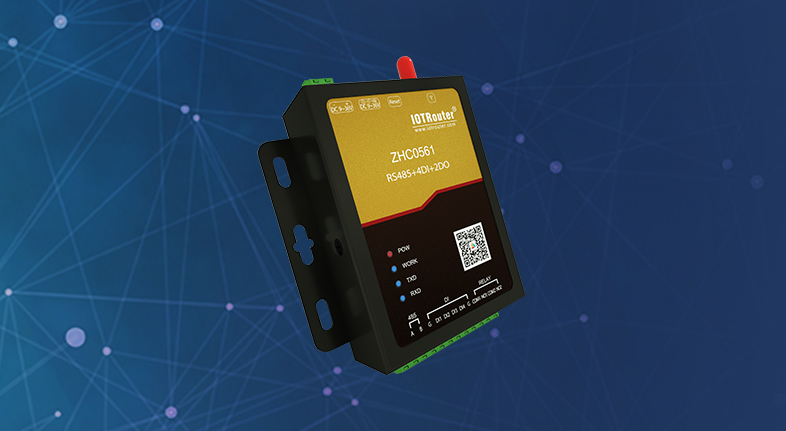With the continuous development of Internet of Things communication technology, LoRa technology has become increasingly perfect, and has become the most commonly used Internet of Things dedicated network communication technology, and its development situation is in full swing.

Wat zijn de voordelen van de draadloze LoRa-module?
1. High sensitivity and strong anti-interference ability.
Because the LoRa wireless module adopts LoRa wireless spread spectrum technology, it has a high receiving sensitivity of -139dBm. Compared with traditional GFSK and FSK modules, it has stronger penetration and more reliable data transmission.
2. Low power consumption and long transmission distance.
The receiving current of the LoRa wireless module is 10MA, the sleep current is less than 200NA, and the operating power consumption is low, making it more suitable for devices that require battery power. Moreover, the LoRa wireless mode transmission distance can reach 8Km, which solves the problem of low power consumption and long distance and is suitable for various fields such as smart cities and smart agriculture.
3. Low cost and easy to deploy.
Compared with 4G wireless modules, the cost of LoRa wireless modules is relatively cheap, and it uses license-free frequency band nodes without paying operator traffic fees. It has a huge advantage in large-scale use and can greatly reduce the number of gateways and deployment costs.
In any case, LoRa wireless modules are constantly developing with the development trend of the Internet of Things industry. More and more places can apply LoRa wireless modules to solve the pain points between their own equipment and the network, such as low power consumption, long distance, low cost, etc. Features will bring more practical value to users.
However, LoRa wireless modules also have disadvantages, such as spectrum interference, excessive technology concentration, and the need to build a new network. When choosing to use the LoRa module, users should consider their own needs.